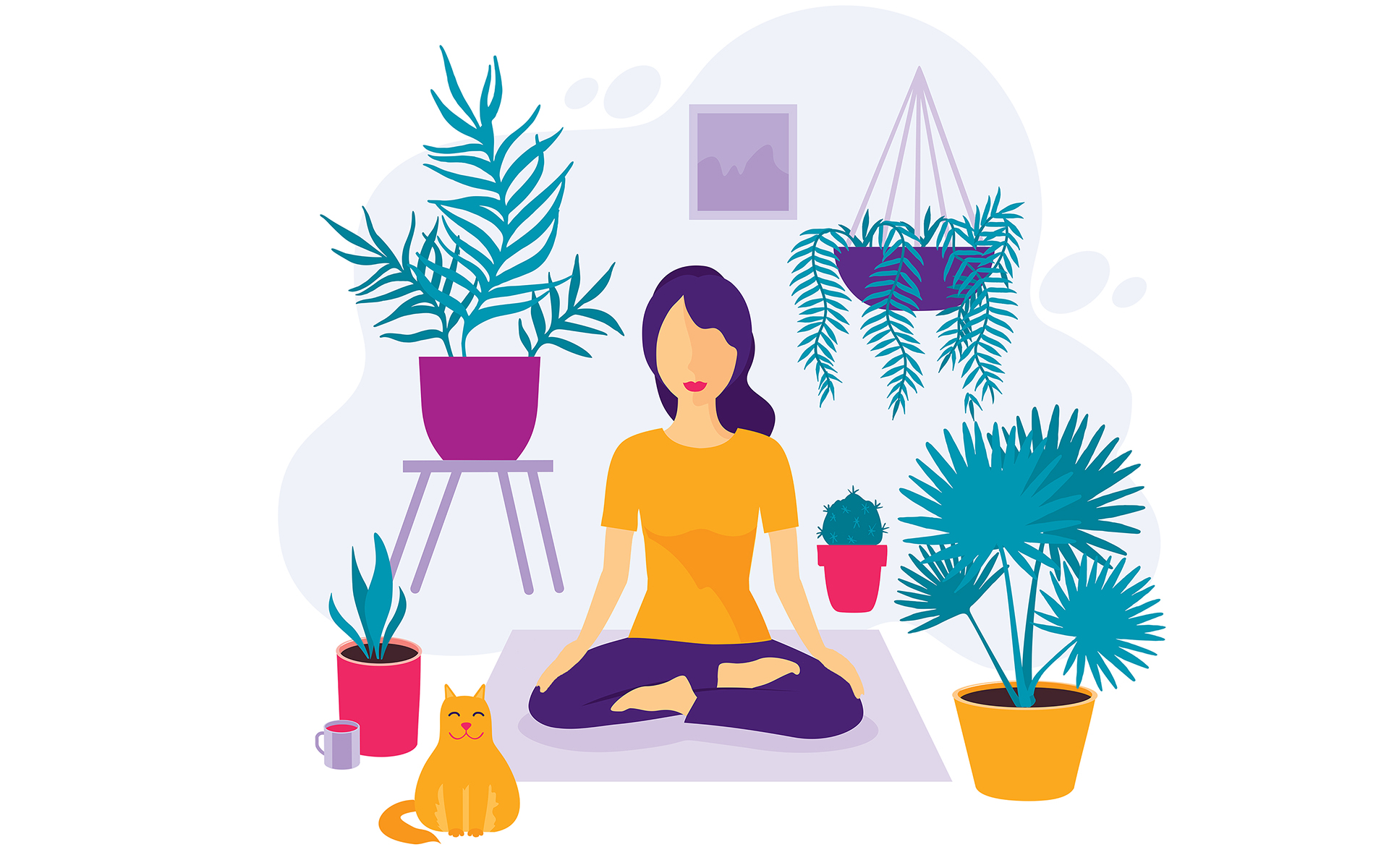A Step-by-Step Method on How to Meditate? for Stress Alleviation
A Step-by-Step Method on How to Meditate? for Stress Alleviation
Blog Article
How to Meditate: A Detailed Approach to Achieving Mindfulness and Tranquility
Meditation offers as a powerful tool for attaining mindfulness and emotional tranquility in a hectic globe. By understanding the essential principles and methods associated with meditation, people can grow a practice that boosts their total wellness. This discussion will detail essential actions, from creating a conducive environment to integrating reflection right into day-to-day routines. As we check out these elements, it comes to be clear that the trip to mindfulness is not just concerning the act of sitting in silence, but rather regarding promoting a much deeper link with oneself and the globe around us. What might this transformation entail?
Understanding Meditation
Comprehending meditation involves understanding its fundamental concepts and methods, which act as the structure for the practice. At its core, meditation is a mental exercise targeted at advertising relaxation, constructing inner energy, and developing empathy and insight. The method encourages people to concentrate their interest, usually through techniques such as deep breathing, visualization, or mantra rep.
Reflection can be categorized into numerous designs, including mindfulness, transcendental, and loving-kindness reflection, each with unique functions and approaches. Mindfulness reflection stresses present-moment understanding and non-judgmental observation of feelings and ideas, while copyright involves the usage of certain mantras to go beyond average thought processes. Loving-kindness reflection concentrates on establishing a mindset of love and compassion in the direction of oneself and others.
Despite the strategy utilized, the primary goal continues to be constant: to cultivate a much deeper understanding of the mind and its patterns. This self-awareness cultivates psychological resilience, quality of thought, and an extensive sense of calm (How to meditate?). By comprehending these concepts and techniques, people lay the groundwork for a successful reflection practice that can significantly improve their general well-being
Getting Ready For Your Practice
Prior to starting your reflection practice, it is vital to create a setting for focus and leisure. Select a quiet area where you are not likely to be disturbed. This might be an edge of a room, a garden, or any type of area that evokes a sense of tranquility. Ensure that the area is clean and cost-free of mess, as a clean environment can assist get rid of the mind.
Think about the lights, as all-natural light can enhance your mood and energy. Soft, warm illumination is commonly extra calming than extreme fluorescent lights. In addition, pick a comfortable temperature, making sure that you are neither also warm neither too cool.
Incorporating elements that promote tranquility can even more boost your experience. This may consist of soft cushions or coverings for comfort, in addition to calming fragrances from important oils or scent. It can also be advantageous to have a timer set for your meditation session to prevent distractions from clock-watching.
Standard Meditation Methods

Another efficient strategy is body scan reflection. This involves mentally checking your body from head to toe, noticing any kind of areas of stress or pain and consciously kicking back recommended you read those muscles. This method cultivates a much deeper connection in between your mind and body.

Finally, loving-kindness meditation concentrates on cultivating compassion in the direction of yourself and others. Silently repeat expressions of goodwill, boosting emotional well-being and interconnectedness. Each of these strategies acts as a structure for your meditation trip, enabling you to locate the technique that resonates ideal with your personal technique.
Preserving Focus and Mindfulness

Developing a specialized reflection room can improve the capability to keep mindfulness. A silent, minimalist setting decreases distractions, permitting much deeper immersion in the technique. Furthermore, setting a time limit can aid take care of assumptions; starting with shorter sessions might reduce the change into longer practices.
Utilizing strategies such as body scanning or observing experiences can likewise reinforce mindfulness. These methods encourage experts to remain present and engaged with their physicality, securing their interest in the moment. Normal method is necessary; the brain builds strength gradually, producing a stronger ability for emphasis.
Incorporating Meditation Into Daily Life
Including reflection right into every day life can transform routine his comment is here tasks right into chances for mindfulness and self-reflection. By integrating mindfulness practices right into typical tasks, people can cultivate a greater feeling of existence and harmony in the middle of the busyness of day-to-day life.
Begin by recognizing minutes throughout your day where you can exercise and pause mindfulness. Also ordinary activities like walking or cleaning dishes can end up being possibilities for meditation by guiding your focus to the experiences of movement and the noises surrounding you.
In addition, reserving specialized times for meditation can strengthen its technique. Start with short sessions, slowly boosting period as you come to be more comfortable. Usage reminders or hints-- like a details time of day or a calming sound-- to establish consistency.
Ultimately, the goal is to weave mindfulness right into the textile of every day life, enabling you to approach each minute with intent, therefore enhancing your overall feeling of wellness and clearness.
Conclusion
In conclusion, reliable meditation requires a silent atmosphere, a comfortable setting, and a focus on the breath. Routine meditation, also in short sessions, promotes a deeper connection to the existing moment, ultimately leading to better tranquility and mental quality in everyday life.
Meditation can be classified into numerous designs, including mindfulness, transcendental, and loving-kindness reflection, each with distinct functions and methodologies. Mindfulness reflection emphasizes present-moment recognition and non-judgmental observation of ideas and feelings, while transcendental reflection includes the usage of particular mantras to transcend regular idea processes.With your reflection space prepared, it's time to discover different standard meditation strategies that can help grow mindfulness and internal peace.Consistently preserving emphasis and mindfulness during reflection can be challenging, particularly for those brand-new to the technique.Establishing a specialized reflection room can enhance the ability to preserve mindfulness.
Report this page